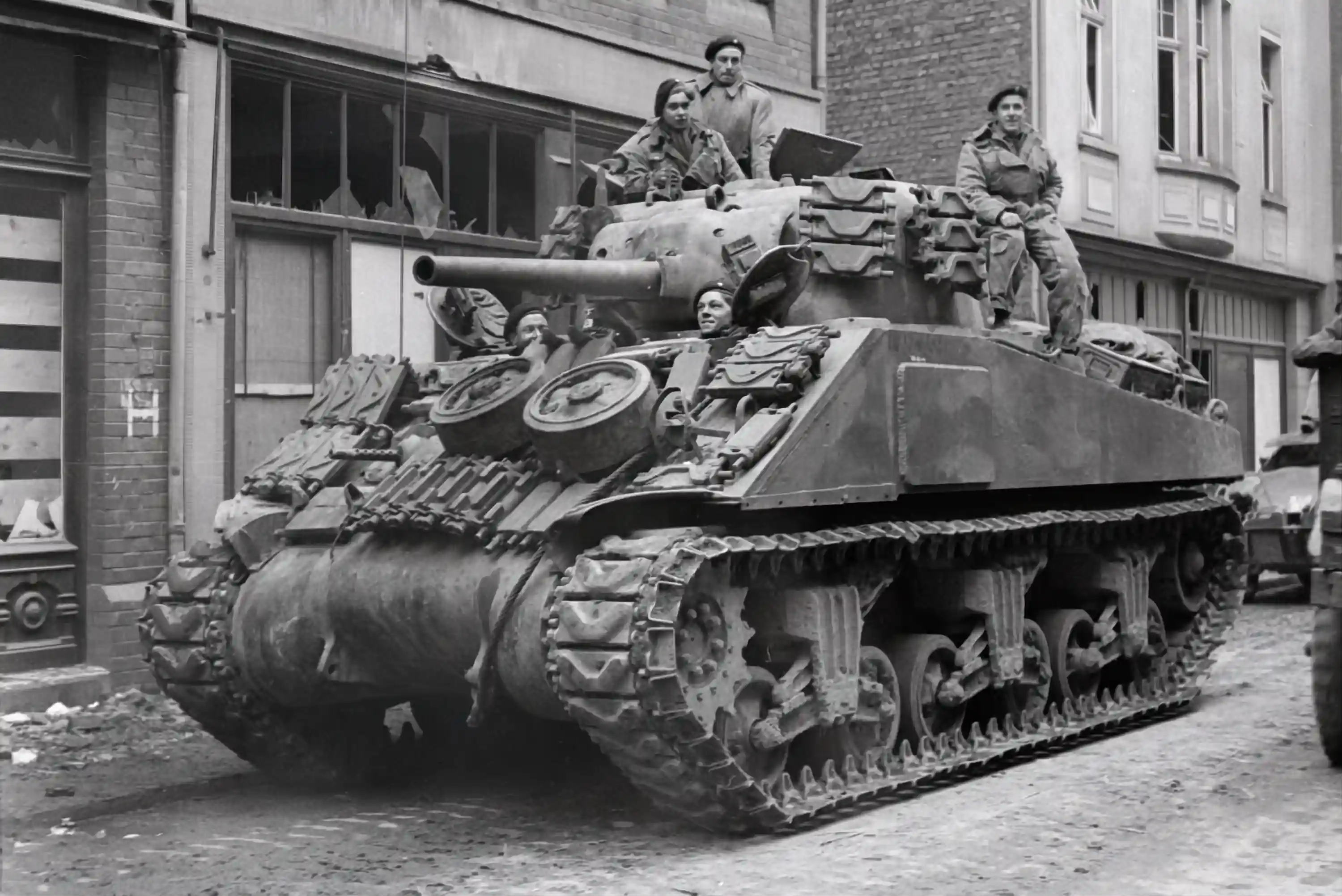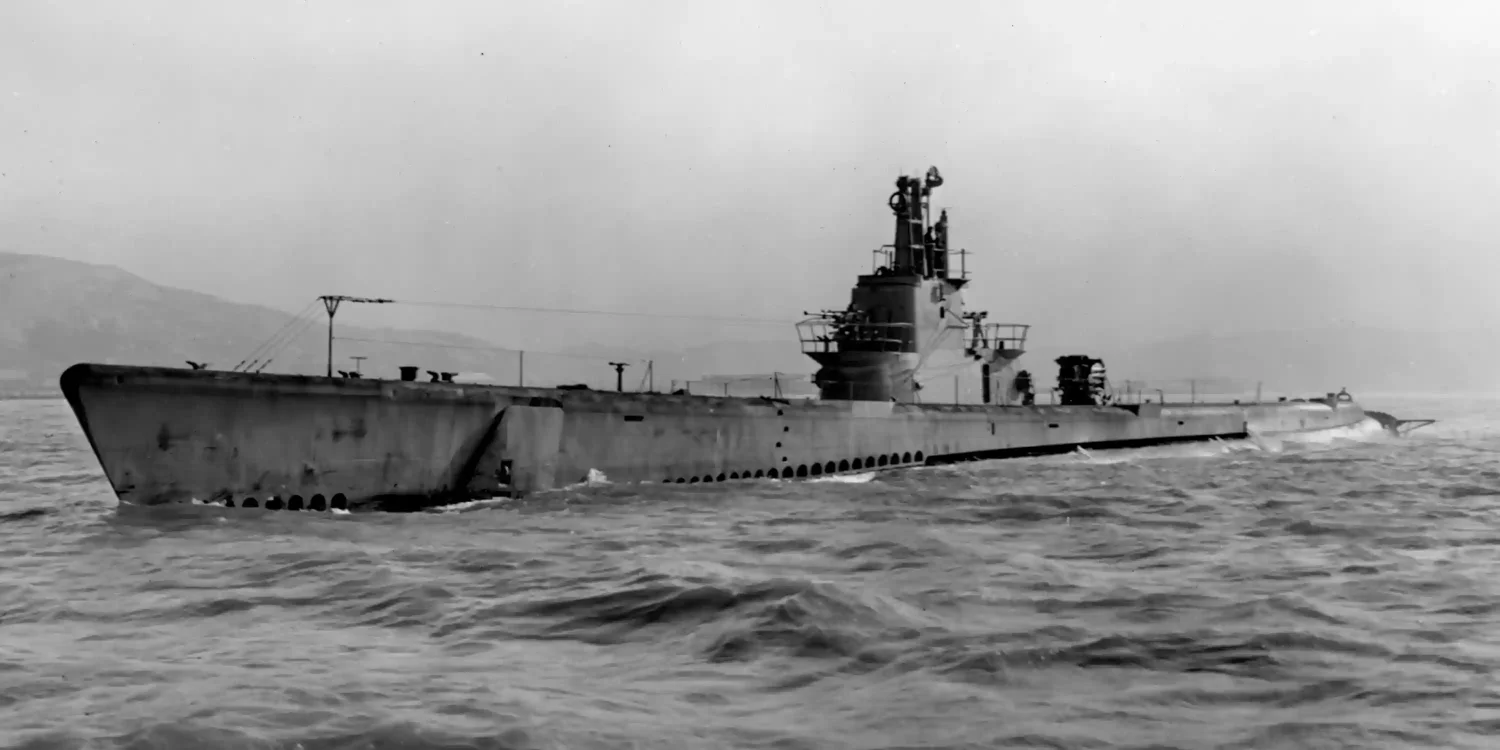

Six War Weapons That Reshaped Military History
Six revolutionary weapons used during World War I changed the course of military history and transformed warfare. This is a quick review of six weapons that changed the tactical, operational, and strategic levels of warfare for the U.S. military.
1. The Tank: dawn of American armored warfare
The U.S. Army created the Tank Corps and first used the FT17 light tank at the St. Mihiel offensive and the Meuse-Argonne sector. The tank proved its value on the battlefield and its future use was not in doubt.
But after WWI those who advocated for subordination to the infantry prevailed over those who argued the Tank Corps should be an independent force. The Germans developed blitzkrieg, a new strategy of offensive warfare used in WWII with the tank as an integral part of a mobile and maneuverable force able to attack with speed and firepower.
The U.S. Army established the Armored Force on July 10, 1940, merging the infantry and cavalry tank units. Necessary doctrine and organizational changes were developed and implemented as combat dictated during WWII.
- Impact: the tank demonstrated its value in warfare, but there were flaws in the doctrine developed after WWI for its use.
- Legacy: the tank is an integral part of the U.S. Army combined arms operations.
2. The Machine Gun: firepower for the infantry
The machine gun was used to defend entrenched positions and to go on the offense. Two of the most commonly used machine guns by the Americans and the French were the French Hotchkiss M1914 Machine Gun and Browning M1917.
- Impact: machine guns were responsible for an unprecedented number of battlefield wounded and dead. New tactics such as firepower and movement were developed to counter entrenched machine guns.
- Legacy: automatic and semi-automatic weapons remain an essential weapon for the U.S. Army infantry, rangers and special forces.
3. The Submarine: warfare from below the waves
The submarine brought a new offensive threat to surface ships from below the waves. Prior naval battles involved Navy ships firing at each other at sea or receiving incoming fire from land based artillery or cannons.
It was also a strategic threat as the Germans used submarines to attack Allied merchant ship convoys carrying cargos with supplies and arms. German submarines sank 6,394 ships while losing 229 submarines. The use of submarines caused the Allies to develop anti-submarine weapons and doctrine for countermeasures.
- Impact: German submarines successfully interfered with Allied convoys. However, the sinking of the Lusitania by a German submarine turned America against Germany.
- Legacy: before WWI the U.S. Navy viewed submarines as a novelty. However the submarine warfare conducted by the Germans caused the U.S. Navy to modernize the submarine force that was crucial in winning WWII. The submarine remains a cornerstone of modern U.S. Navy sea power.
Go to warandremembrance.us, where you can find reports on the brave members of the U.S. Navy Submarine Force who made the supreme sacrifice during WWII.

4. The Airplane: warfare in the sky
The first airplanes in WWI were used for reconnaissance to track enemy troop movements and map terrain and were responsible for unprecedented intelligence for planning military operations. As the war progressed air to air combat called dogfights emerged. The airplane for the first time was used as a strategic weapon to drop bombs on military targets and civilian populations in cities.
- Impact: the use of the airplane at the tactical, operational and strategic level in WWI set the stage for the importance of air superiority that was one of the deciding factors for the Allies winning WWII.
- Legacy: the U.S. Army Air Force in WWII and the U.S. Air Force founded in 1947 have projected and maintained air superiority.
5. The Barrage Balloon: the beginning of air defense
The barrage balloon was used by England, France, Italy and Germany to defend their cities, ports and industrial areas against attacks from airplanes. Several barrage balloons were used to string cables between them to form a barrage net.
- Impact: the use of barrage balloons laid the foundation for their use in conjunction with anti-aircraft guns in WWII to protect cities, ports, industrial and munitions plants.
- Legacy: the need to protect military and civilian targets on the ground from attacks by airplanes and later other threats from the air such as missiles led to the development of air defense systems that are a vital part of modern warfare.
6. Mustard Gas: no more chemical warfare
Mustard gas was first used in 1917 by the Germans against Allied forces. Exposure to mustard gas caused temporary or permanent blindness, severe chemical burns on skin, if inhaled damage to lungs that often caused pneumonia and death. Mustard gas casualties required intensive medical care that often strained or overwhelmed casualty clearing stations and military hospitals.
- Impact: the fear of mustard gas attacks had a tremendous psychological effect on soldiers and its use overwhelmed military hospitals.
- Legacy: the morality and ethical concerns of the use of mustard gas during WWI led to the 1925 Geneva Protocol that prohibited the use of chemical and biological weapons in warfare. The U.S. military trains and equips its forces to defend against the use of chemical warfare in the event of an enemy violating the prohibition.
Military casualties
These six weapons revolutionized warfare but their use during WWI caused tremendous suffering and casualties who were wounded physically and mentally and those who made the supreme sacrifice. The United States suffered at least 116,708 military dead of all causes, over 204,000 military wounded and 757 civilian dead.
The U.S. Army doctors and nurses who cared for these casualties witnessed the terrible suffering and death brought by these new weapons and the influenza epidemic of 1918. Visit warandremembrance.us to find military service reports on the members of the Army Nurse Corps during WWI.
 Contact
Contact Search
Search Register
Register Cart
Cart
 Mail Us
Mail Us Email Us
Email Us